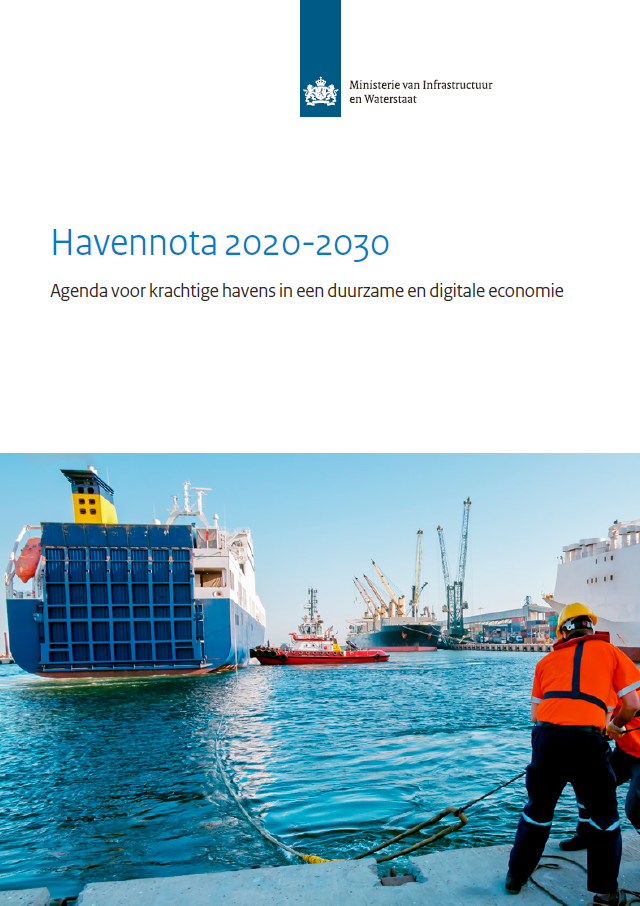The German sea and inland ports make a major contribution to the prosperity of Germany and the development of its whole economy. All of Germany benefits from the ports with a large number of complementary industrial and service sectors located in all regions and branches of the economy.
To enhance the competitiveness of German ports, the Federal Cabinet adopted the new National Strategy for Sea and Inland Ports. The 2015 National Ports Strategy builds on its predecessor of 2009 and will assist all players in tackling the challenges of the future and provides a framework for joint action.
The National Strategy for Sea and Inland Ports 2015 is a strategic guideline for the ports policy of Germany for the years ahead. It aims to ensure that the German ports continue to perform their function as hubs of national and international trade, centers for logistics activities, and industrial sites at the highest level possible1. The strategy identifies future challenges for Germany’s seaports and inland ports and sets out measures for overcoming these challenges. The objectives of the 2015 National Ports Strategy include upgrading port-related infrastructures as demand requires, enhancing the competitiveness of the ports, shaping European and international ports policy, protecting the environment, mitigating climate change, supporting the use of alternative fuels, progressing offshore wind energy, providing high-quality training and good jobs at ports, ensuring appropriate safety and security, and better coordinating ports policy1.


